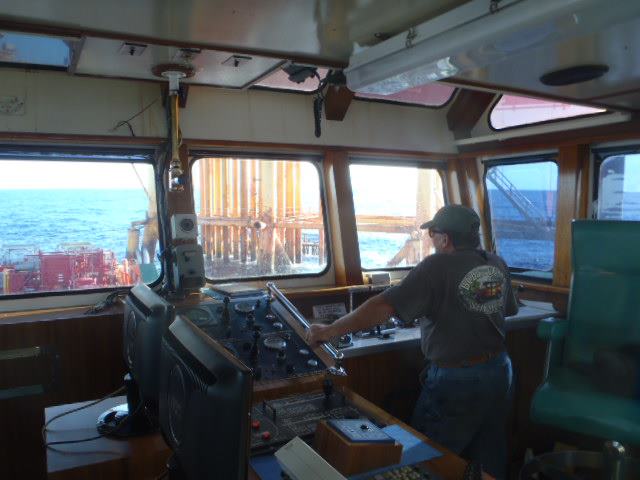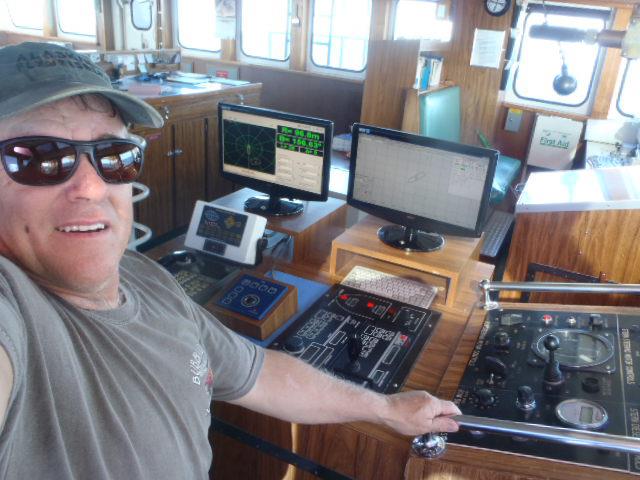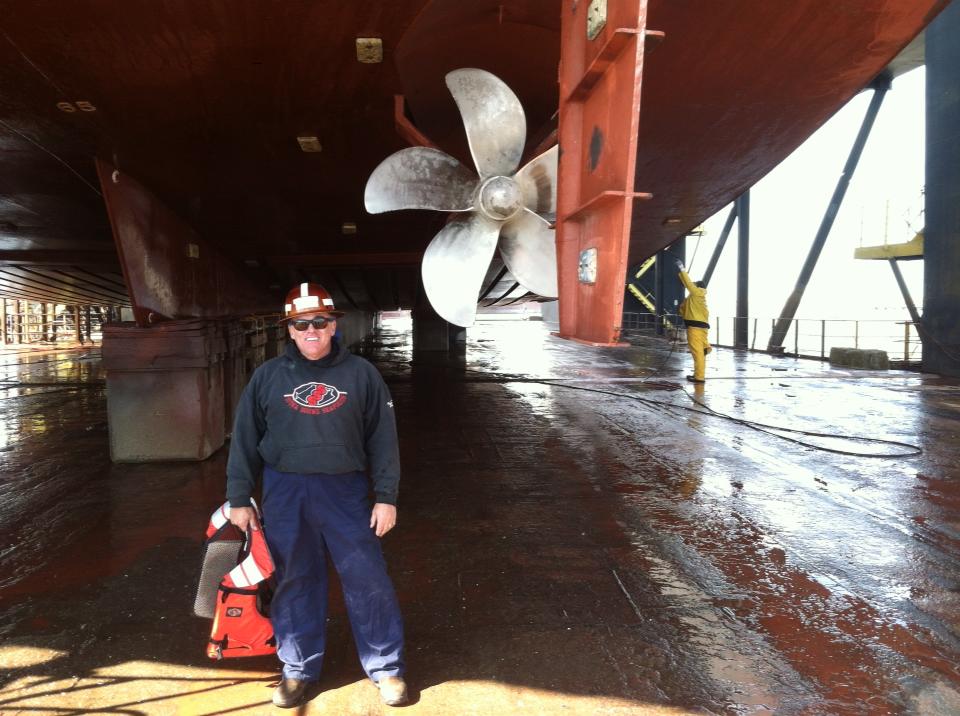Could your vessel be one small violation away from being detained?
Coast Guard inspections are serious. If your vessel fails, you may face operational delays, financial losses, or legal issues. In 2024, the U.S. Flag State conducted 1,376 inspections of cargo vessels, with 2,275 deficiencies identified. That’s an average of about 3.5 deficiencies per cargo vessel inspected.
Below are real numbers, common causes, and what to expect when you encounter a Coast Guard vessel inspection failure.
How Often Do Vessels Fail? What Causes Inspection Failures
To understand what happens when a vessel fails, it helps to know how common failures or deficiencies are. In 2023, among U.S. flagged vessels subject to inspection, there were 20,647 inspections with 38 flag state detentions imposed for serious failures.
These numbers show that failing—or getting serious deficiencies—is not rare. Many vessels have multiple issues identified in inspections. Understanding why vessels fail gives insight into what goes wrong. Frequent causes include:
- Structural or mechanical deficiencies: failures in propulsion systems, auxiliary machinery, or main engine problems are among the top detainable issues.
- Life-saving appliances & fire safety: problems with fire-fighting equipment, life jackets, lifeboats, and related safety devices often show up on the marine vessel inspection checklist.
- Certificates & Documentation: missing or invalid certification, or failure to maintain correct records, is frequently cited in detentions.
- Working & living conditions aboard vessels also contribute, especially for crew safety. Poor maintenance, electrical hazards, or poor living quarters show up often.
- Ballast Water Management system issues: in the Port State Control reports, ballast water system deficiencies increased in recent years, including inoperable systems or failing to report non-functional systems.
What Happens After Failing: Immediate Consequences
Port State Control (foreign and U.S. vessels in U.S. ports) saw 8,710 PSC exams in 2024, and 82 vessels were detained for safety, environmental, or security deficiencies. When your vessel fails a USCG compliance issues inspection—or gets serious deficiencies—here are typical outcomes:
- Deficiencies assigned: The Coast Guard issues detailed findings (deficiencies). Many vessels have several per inspection, meaning multiple areas need correction.
- Corrective action required: You’ll be given a timeline to fix issues. For minor boating safety violations, this might be a warning or limited operations until repairs or changes are made.
- Vessel Detention by USCG: If deficiencies are serious—threatening safety, environment, or causing structural failure—the vessel may be detained. In 2023, U.S. flagged vessels had 38 flag state detentions.
- Fines, Penalties, Legal Exposure: Detentions often come with penalties. Also, poor compliance can weaken insurance claims or open up liability in accidents or injuries.
- Operational Disruption & Costs: Being detained or delayed can cancel trips, hurt reputation, lose customer trust (especially for passenger vessel compliance), and require unscheduled maintenance.
Long-Term Risks and Cascading Effects
Failing an inspection doesn’t just cost at that moment. For passenger vessels in 2024, there were 11,239 inspections and 18,931 deficiencies—or around 2.8 deficiencies per inspection for passenger vessels. Longer-term risks include:
- Increased scrutiny in future inspections: USCG keeps records—vessels with prior failures tend to be inspected more strictly.
- Possible suspension or revocation of certifications: repeated violations might lead to loss of operating certificates.
- Liability in accidents: if an accident occurs and it’s found that known violations (from the marine vessel inspection) were not addressed, legal liability increases.
How to Prepare & Avoid a Vessel Inspection Failure
Here are practical steps to stay compliant and pass inspections:
- Use a current, detailed vessel inspection checklist—covering structure, fire safety, lifesaving gear, documentation, living conditions, machinery.
- Train crew regularly on Coast Guard safety requirements so everyone knows what’s expected.
- Maintain logs, update certificates, and ensure all safety gear is in good working order before inspection.
- Perform periodic internal “mock inspections” to find weak spots ahead of the USCG.
- Stay informed on changes in regulations—e.g. environmental, ballast water, safety management system updates.
Final Thought
A Coast Guard vessel inspection failure is more than a red flag—it can mean detention, fines, and long-term harm to operations. But it’s avoidable. By knowing the stats (you’re not alone in having deficiencies), understanding the common pitfalls, and preparing well, you can steer clear of failures and keep your vessel compliant, safe, and operational.
Don’t wait for USCG to find your violations. Be proactive: review your vessel now, check your safety gear, train your crew, and fix known issues. If you need help navigating the charter boat inspection process or ensuring full passenger vessel compliance, reach out to the experts at Short Maritime. Get ahead of failures — stay safe, stay compliant.






